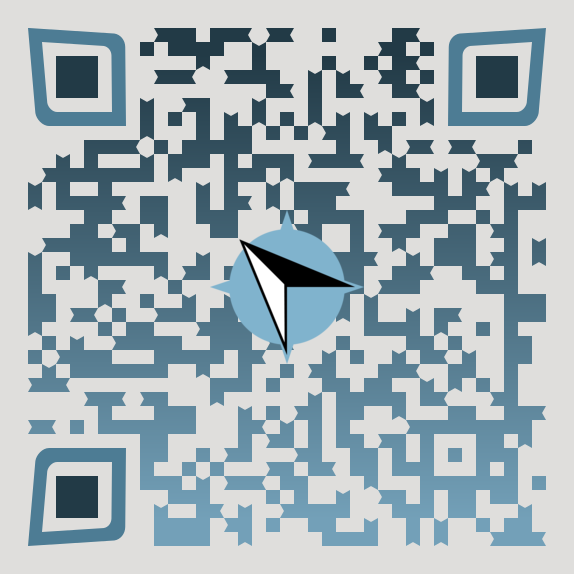



I’m a software engineer with over two decades of experience solving complex technical problems across defense, commercial, and industrial sectors. My journey began after earning a BS in Computer Science from the University of Rhode Island in 2002, and I’ve since held roles in engineering, leadership, product security, and technical consulting.
My early career at Anteon (now GDIT) focused on advanced Navy simulations, using Java and C++ to model sonar detection and simulate submarine platforms—eventually modernizing legacy systems with OpenGL-driven digital instrument panels. At RITE Solutions, I led the overhaul of submarine simulators, replacing aging FORTRAN systems with multithreaded Windows-based platforms, new hydrodynamic models, and improved instructor stations. I handled integration, testing, and site deployments across five naval training facilities.
Later, at Progeny Systems, I led integration and installation efforts for the Paperless Ship system and spearheaded the development of a highly available LAN for the USS Ford aircraft carrier—creating secure, platform-hosted applications with single sign-on capabilities.
Shifting to private industry, I joined Lapis Software to streamline lottery infrastructure across multiple global jurisdictions, unifying codebases and cleaning up legacy databases. At InsureMyTrip.com, I served as Lead Web Engineer and later DevOps Manager, overseeing GDPR and PCI compliance, cloud deployments in AWS, and disaster recovery planning.
At Markforged, I worked at the intersection of software, hardware, and customer enablement. I supported integration of 3D printing technology into customer workflows, advised on secure product development as a product security manager, and consulted on technical implementations aligned with core business systems. Along the way, I deepened my understanding of 3D design, DFAM (Design for Additive Manufacturing), and DFIM (Design for Industrial Manufacturing).
Today, I work at PTC, continuing to combine technical depth with real-world problem solving. I thrive on connecting technology with business impact—and I’m always looking for new ways to build, improve, and support great products.




